
Otago Shag
Leucocarbo chalconotus
Also known as: Stewart Island Shag, Foveaux shag


Leucocarbo chalconotus
Also known as: Stewart Island Shag, Foveaux shag

The Otago shag, or matapo in Māori, is a unique seabird native to New Zealand's southeastern coast. About the size of a small goose, this striking bird comes in two distinct color varieties, adding an element of surprise for birdwatchers. Its robust build and graceful diving abilities make it a captivating sight along Otago's shorelines.
1. Breeding adults develop bright orange facial ornaments, absent in non-breeding season
2. Two distinct color forms: pied (black and white) and bronze (dark brown with sheen)
3. Flies in straight lines close to the water surface, often in large groups
Otago shags are colonial breeders, nesting on steep coastal cliffs and islands from May to September. They're expert divers, foraging in groups and able to hunt effectively even in murky waters. While their population is slowly recovering, they face threats from fishing net entanglement and disturbance at breeding sites. Their ability to adapt to different water conditions showcases their resilience.
Look for Otago shags along the rocky coastlines of southeastern South Island, from the Catlins to just north of the Waitaki River. They're particularly visible around Otago Peninsula and Otago Harbour. Dawn and dusk are prime times to spot them flying to and from feeding grounds. Watch for large roosting flocks on coastal headlands or man-made structures like Oamaru's Sumpter Wharf. Tip: Scan the water for ""line astern"" formations \- groups of shags flying in a straight line just above the waves
Known as matapo in te reo Māori, the Otago shag once ranged widely along the South Island's east coast. Human arrival in the 13th century drastically reduced their population and range. Today, their recovery symbolizes conservation efforts in New Zealand. Their presence along Otago's coasts serves as a living link to the region's pre-human ecology and the ongoing story of wildlife conservation.
68 cm
2500 g
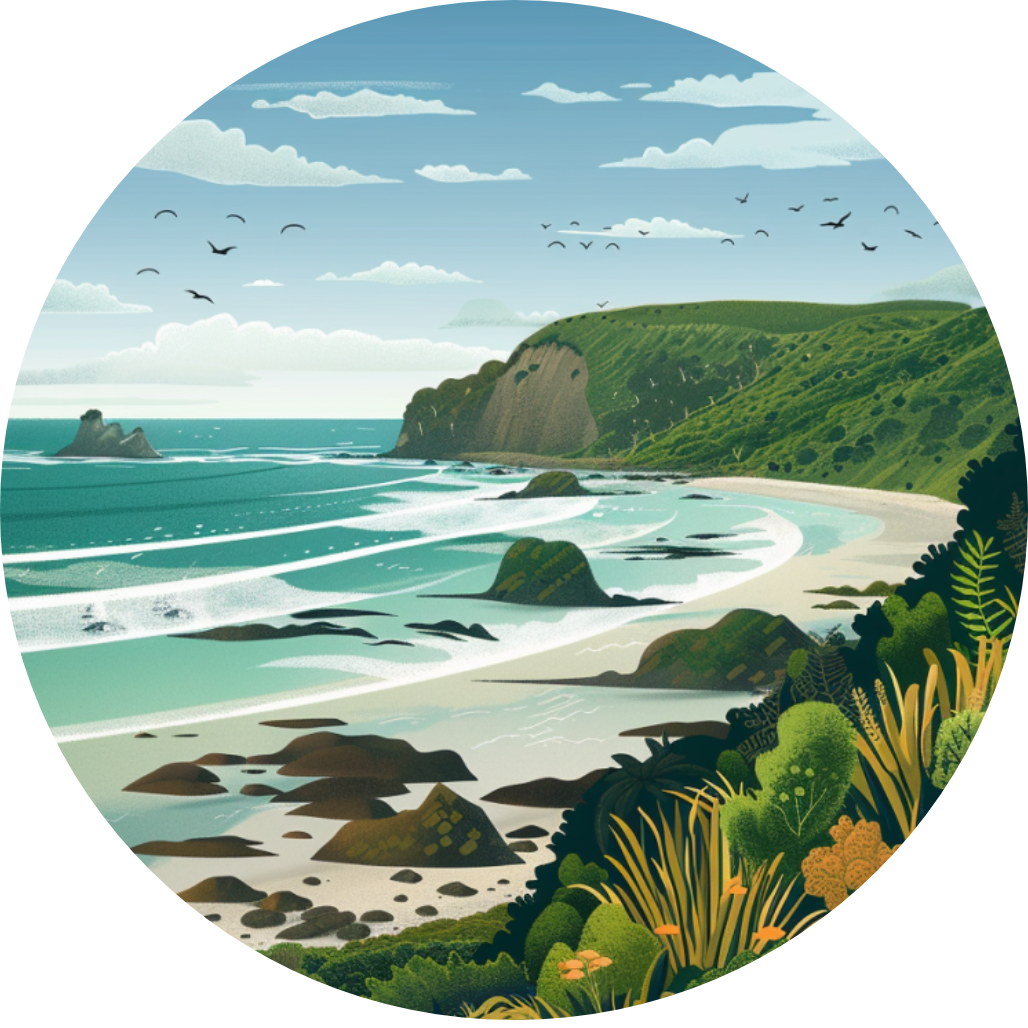
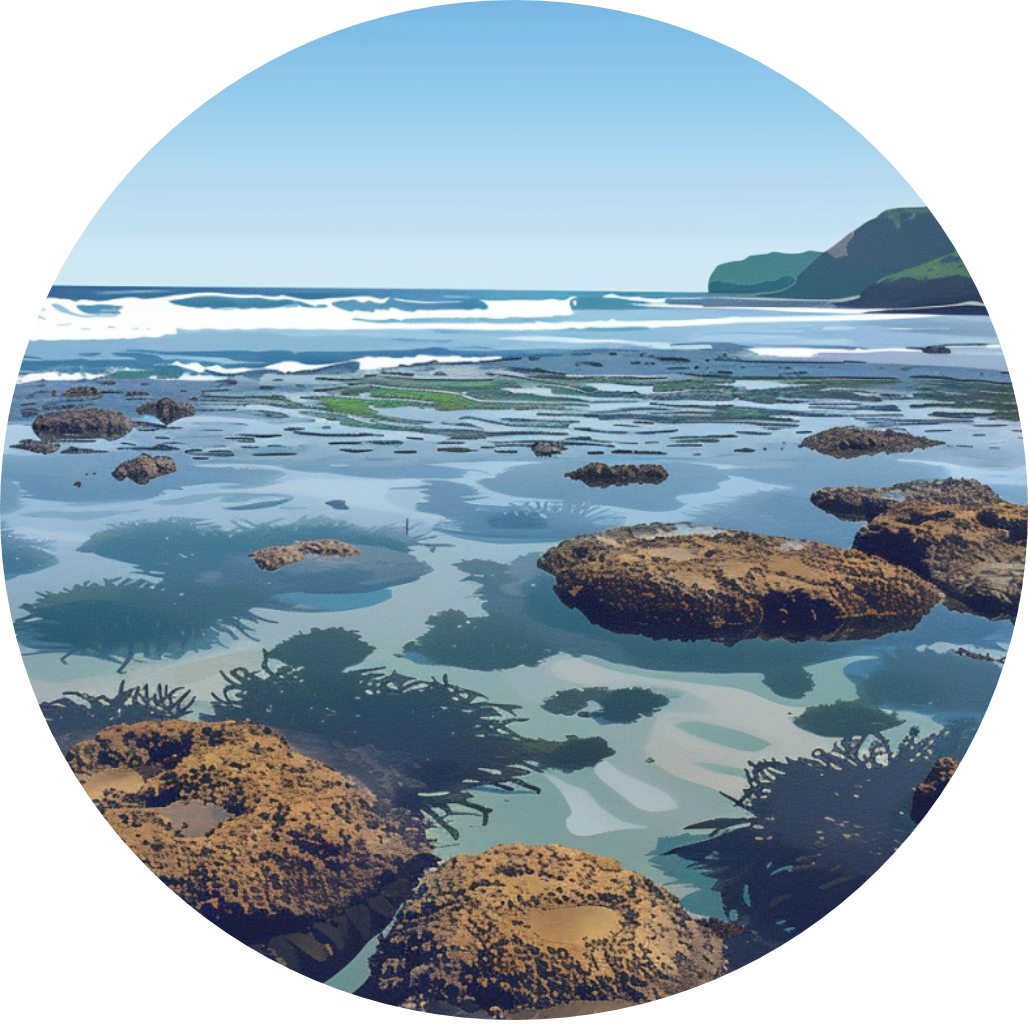
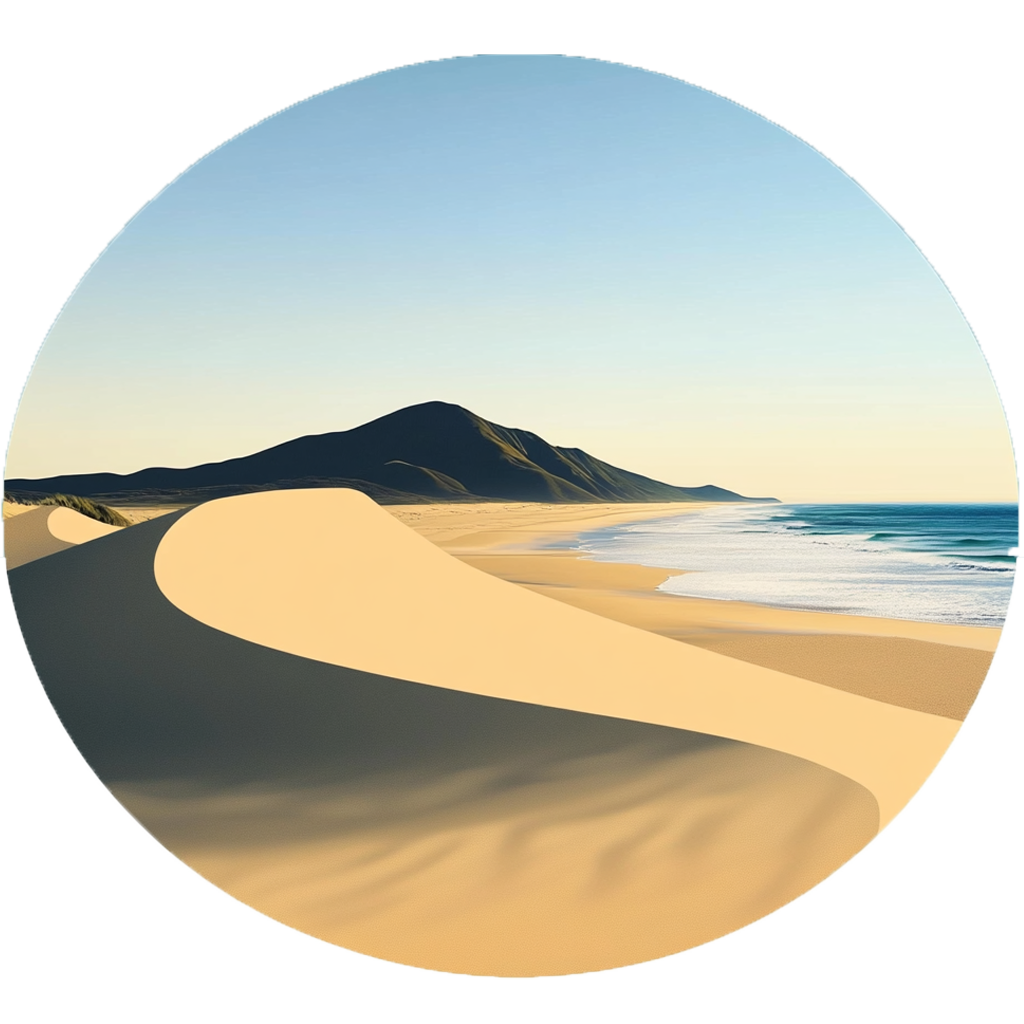
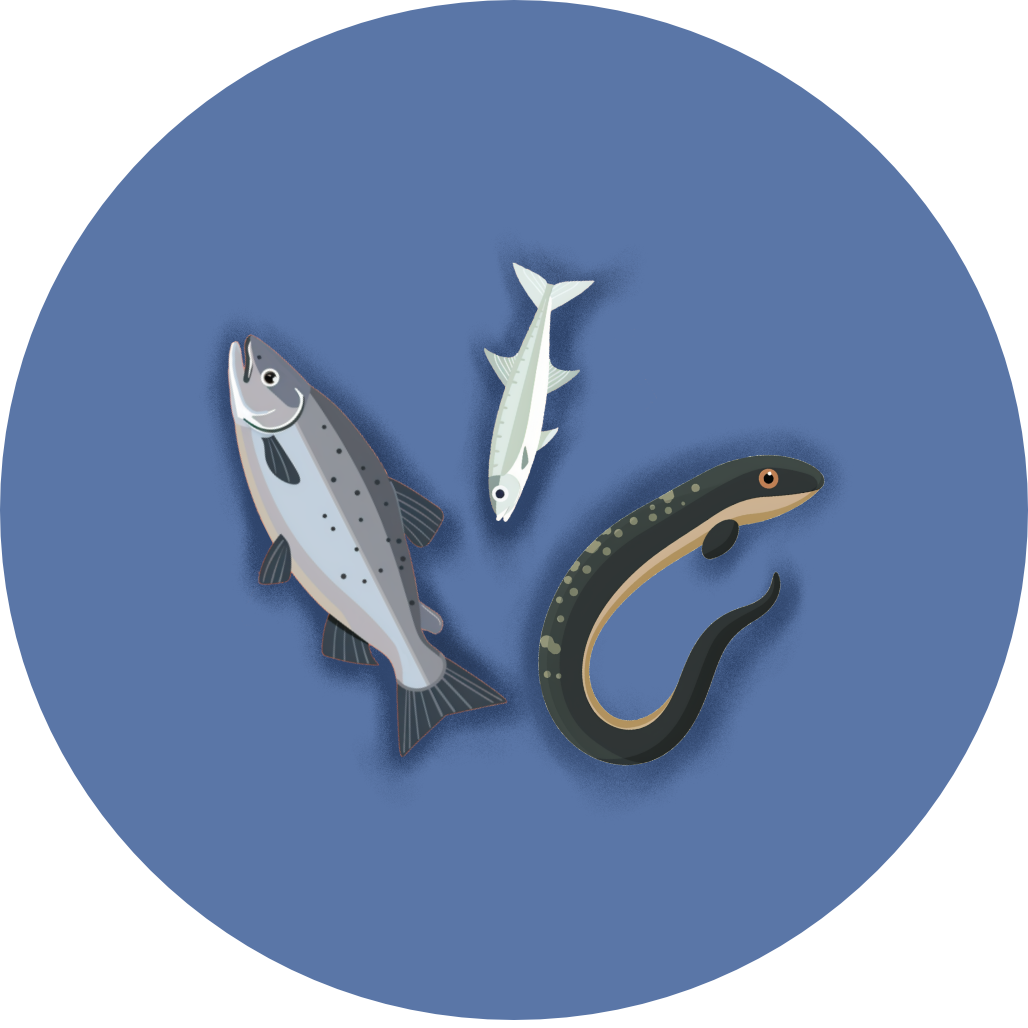
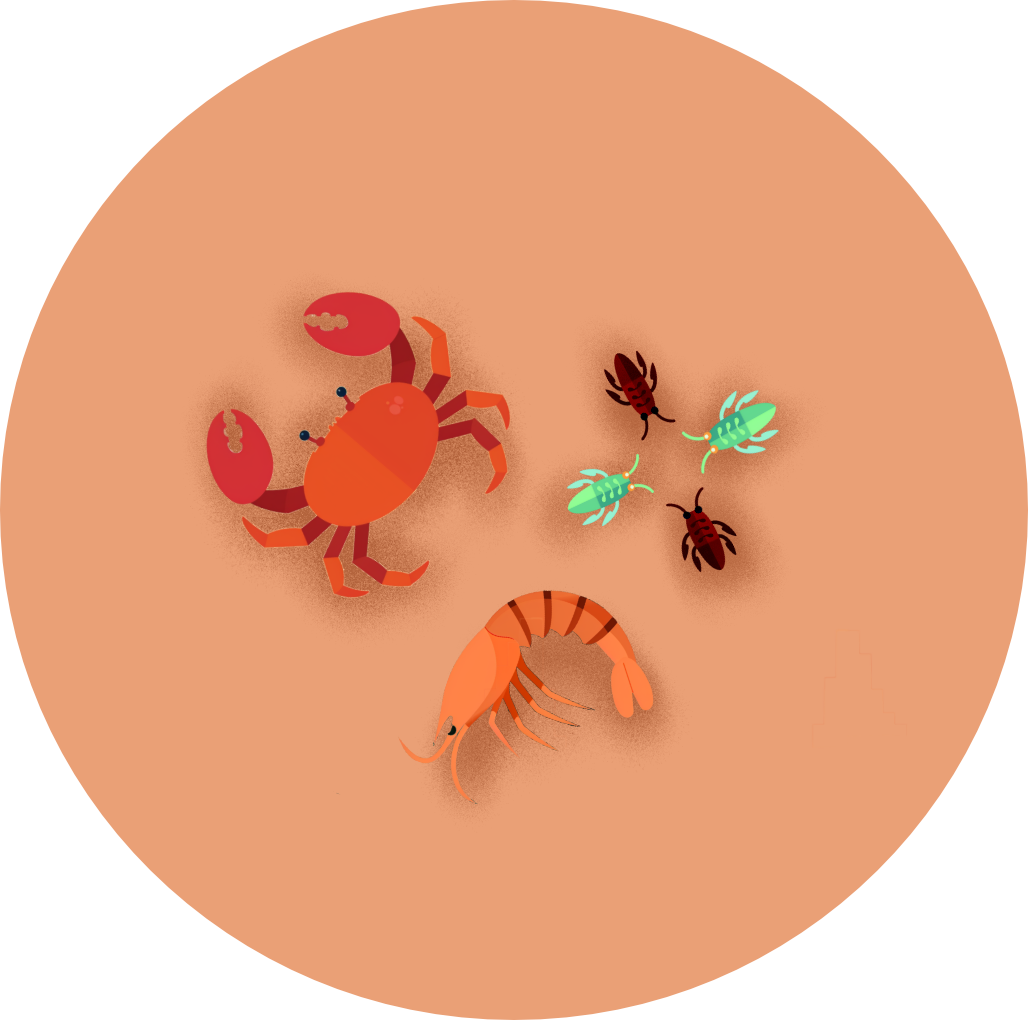
Coming Soon!
Top birding locations will be available in a future update.